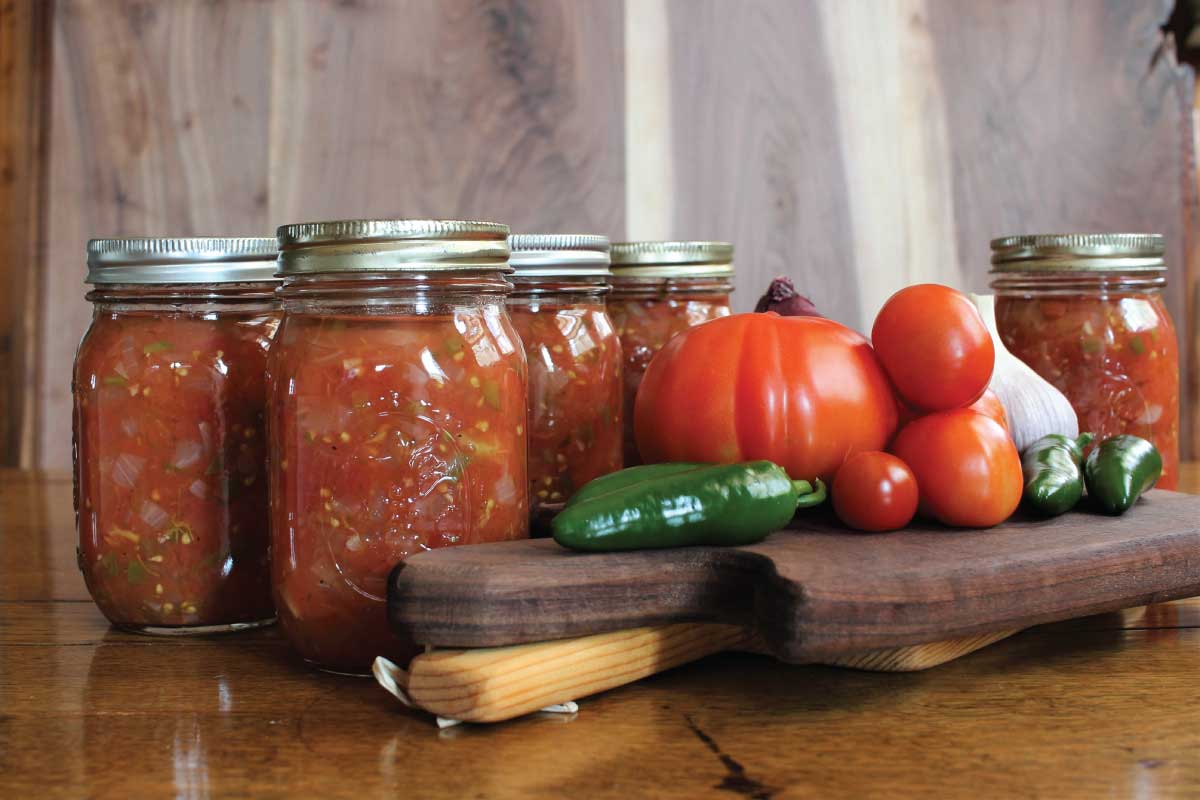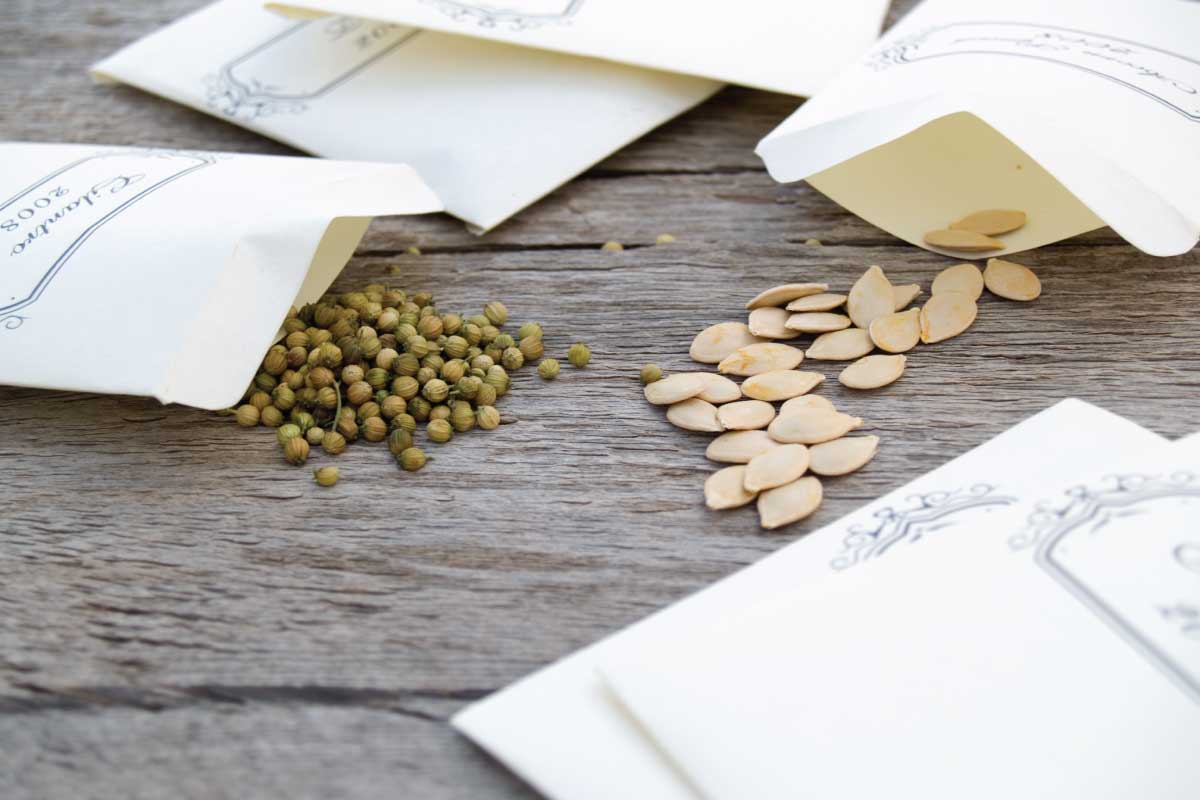The world of botany is vast and constantly evolving, with discoveries and techniques that revolutionize the way we cultivate plants. Among these, the ancient yet underappreciated technique of using willow water for plant propagation holds a special place. Deriving from the Salix species, willow water has been hailed as a natural rooting hormone, aiding in the establishment and growth of new plant cuttings.
History of Willow Water
The use of willow bark and leaves for medicinal and growth-enhancing purposes traces back thousands of years. Indigenous communities across various continents have harnessed the power of willow derivatives for pain relief, inflammation reduction, and other health benefits. The same properties that make willows potent in human health also influence plant health, with the discovery that willow extracts can stimulate root growth in plant cuttings.
The Science Behind Willow Water
The remarkable properties of willow water are attributed to two primary compounds:
- Salicylic Acid: This compound is a plant hormone known to trigger a plant’s defense system against pathogens. Salicylic acid also accelerates the growth of roots, making it easier for plant cuttings to establish themselves.
- Indolebutyric Acid (IBA): IBA is a rooting hormone that boosts the growth of roots in cuttings. Many synthetic rooting powders and gels have IBA as their primary component.
When plant cuttings are soaked in willow water, they benefit from a rich infusion of these natural hormones, promoting faster and healthier root development.
Making Willow Water: A Step-by-Step Guide
Materials:
- Young willow branches (preferably those that are green and flexible)
- A sharp knife or scissors
- A large container
- Water
Procedure:
- Begin by cutting young willow branches into small pieces, around 1-2 inches long. The younger the branch, the higher its concentration of beneficial compounds.
- Place the cut willow pieces in the container.
- Pour water over the willow pieces, ensuring they are completely submerged.
- Let the mixture sit for 24-48 hours.
- After the steeping process, strain the willow pieces from the water.
- The resultant liquid is your willow water, ready for use.
How to Use Willow Water for Plant Propagation
- Direct Soaking: For cuttings that need a direct boost, you can submerge them directly into the willow water for several hours before planting.
- Watering with Willow Water: You can water freshly planted cuttings with willow water to enhance root development.
- Spraying: For plants that are sensitive to waterlogged conditions, a light spray of willow water on their base can offer the necessary growth boost.
Benefits of Using Willow Water
- Natural & Sustainable: Unlike synthetic rooting hormones, willow water is organic, reducing the chances of adverse chemical reactions in plants.
- Cost-Effective: Willow trees are common and grow in various conditions, making it easy to source branches.
- Enhanced Root Growth: Cuttings treated with willow water generally show quicker and more robust root development.
- Disease Resistance: The salicylic acid in willow water aids in boosting the plant’s immunity, helping it fend off potential diseases.
Limitations and Considerations
While willow water is effective, it may not be a one-size-fits-all solution. Factors like the age of the willow branches, the duration of soaking, and the type of plant being propagated can influence the results. It’s crucial to experiment and find the right balance for your specific plants.
Conclusion
Willow water, with its rich history and scientifically backed benefits, offers gardeners an organic and sustainable solution to plant propagation. Whether you’re a hobbyist or a professional horticulturist, this ancient technique might just be the growth-enhancing elixir your plants need.




